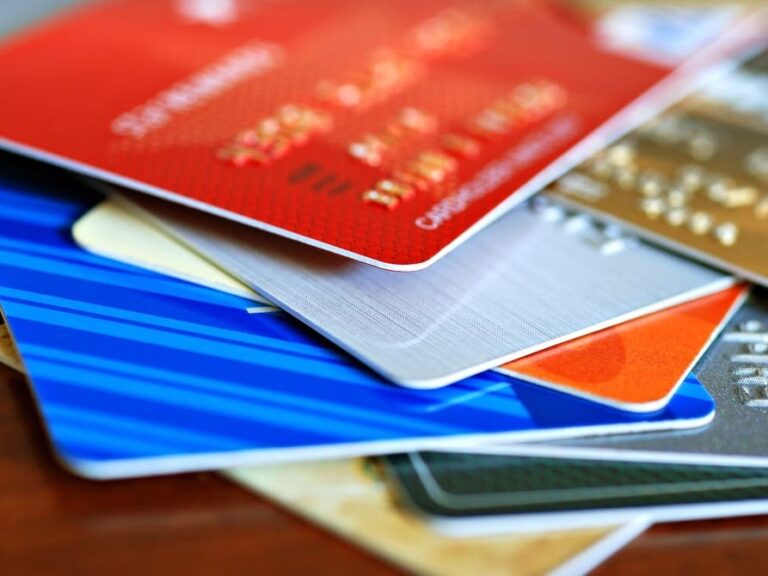Americans carry a staggering $1.32 trillion in credit card debt, with $65 billion added last year, according to WalletHub.
And the Golden State, where the California dream doesn’t come cheap, has the most credit card debt of any state.
The personal finance website analyzed TransUnion and Federal Reserve data from Q1 2025 to Q2 2025, adjusted for inflation, to identify states with the largest and smallest credit card debt increases.
California ranked as the No.1 state with the most credit card debt increase this year. As a state combined, California had a total credit card debt of over $167 billion. Texas was ranked No.2 with a combined total of nearly $124 billion.
More significantly, Californians had seen total credit card debt increase in the state by more than $3.5 billion. Texas was again second with an increase of $2.6 billion.
The Golden State’s average household credit card debt ranked No.2 among all 50 states with an average of $13,847. Only Hawaii had a higher household debt average with $15,052.
California again ranked behind only Hawaii in household credit card debt increases with an average raise of $263 per month. Hawaii’s was $286.
The overall rankings for the top 10 states with the largest credit card debt increases were:
- California
- Texas
- Florida
- New York
- Illinois
- Pennsylvania
- Georgia
- Ohio
- New Jersey
- North Carolina
In the second quarter of 2025, U.S. consumers accumulated an additional $28 billion in credit card debt, pushing the total balance to approximately $1.32 trillion. Initial data for July indicates a 0.4% year-over-year increase, according to WalletHub.
The personal finance website provides advice for managing credit card debt.
1. Make a Budget & Stick To It
To control spending and save, understand your monthly income versus expenses. Prioritize and reduce costs. Once you create a budget, stick to it. Budgeting apps like WalletHub can simplify the process.
2. Build an Emergency Fund
Build an emergency fund of about a year’s after-tax income to cover unexpected expenses or job loss, saving a little each month.
3. Improve Your Credit
While it may seem counterintuitive that more credit could lead to less debt, a stronger credit standing significantly reduces the cost of your debt, enabling faster repayment. Additionally, improved credit can facilitate securing employment or housing, both of which positively affect your financial well-being.
4. Reevaluate Your Job Situation
Even with careful budgeting and planning, debt problems can persist. It might be necessary to seek out higher-paying jobs that align with your current experience or invest in acquiring new, marketable skills. This self-investment can be highly beneficial if it yields a worthwhile return.
5. Repay Your Most Expensive Debt First
If you’re carrying multiple credit card balances, the “avalanche method” can help you pay off your debt more efficiently. Focus the largest portion of your monthly debt payment on the balance with the highest interest rate, while making only the minimum required payments on your other cards. Once that most expensive debt is eliminated, apply the same strategy to the next highest interest rate until all your debt is paid off.
6. Try the Island Approach
The Island Approach utilizes multiple credit cards, each for a specific purpose. For instance, a 0% balance transfer card can save on debt finance charges, while rewards cards — travel, cash back, or store — can be used for purchases paid off monthly. This strategy optimizes terms and signals overspending when everyday spending cards incur finance charges.


